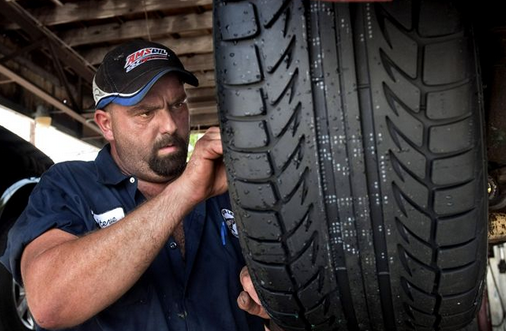Tires Over Six Years Old May Fail Regardless of Tread Wear
 According to recently issued information, tires over six years of age should be replaced, regardless of the depth of tread.
According to recently issued information, tires over six years of age should be replaced, regardless of the depth of tread.
The National Transportation Safety Board will convene a symposium December 9–10, 2014, in Washington, D.C., to highlight the importance of tires to the overall safety of passenger vehicles, and discuss tire aging and service life.
The symposium has been prompted, at least in part, by numerous incidences of tires de-treading regardless of wear because of their age. “Rubber deteriorates over time, but I don’t think many people realize how quickly tires can become dangerous regardless of how they look,” says Rob Ammons, of the Ammons Law Firm.
“We fully expect the NTSB to announce in December that people should replace all tires over six years of age, regardless of the depth of the tread on the tire. The only way to know how old your tires are is to understand how to read the code on the side of the tire,” he added.
The best way to determine the age of the tires on a vehicle is to look at the last group of digits in the DOT manufacture code on the sidewall of a tire; these numbers indicate the date of manufacture. The number usually is stamped in a recessed rectangle.
This DOT code indicates the tire manufacturer, the tire’s date of manufacture and place of origin.
The last group of digits in the code is the date code that tells when the tire was made. Before 2000, the date code had three digits. Since 2000, it has had four. The first two digits are the week of the year (01 = the first week of January). The third digit (for tires made before 2000) is the year (1 = 1991). For most tires made after 2000, the third and fourth digits are the year (04 = 2004).
Category: Featured, General Update, Wheels & Tires










